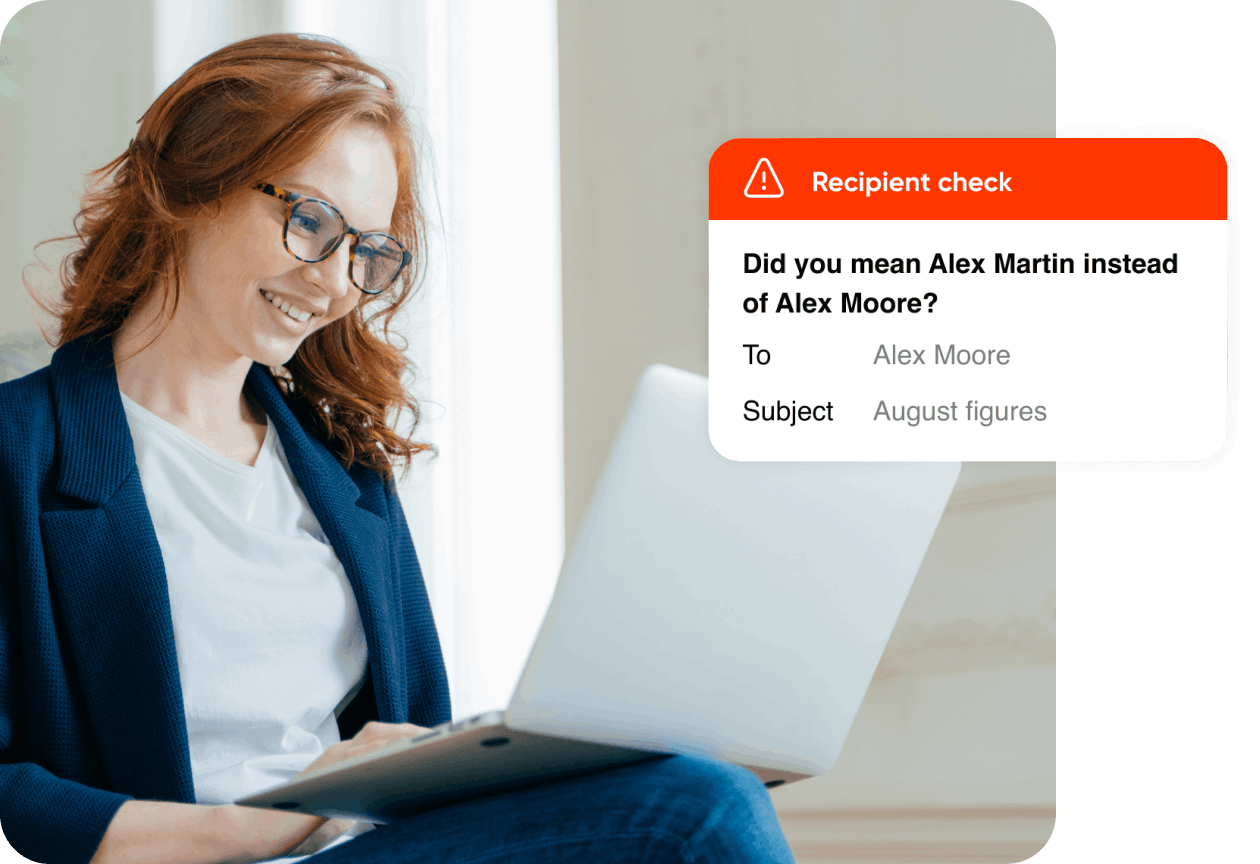Verify email authenticity and improve deliverability with DMARC
Implement DMARC to improve domain security, validate authenticity of emails and improve deliverability.
Implement DMARC to improve domain security, validate authenticity of emails and improve deliverability.


DMARC (Domain-based Message Authentication Reporting and Conformance) is an email authentication standard that blocks domain spoofing. To reduce the chance of phishing attacks, organizations are under pressure from regulators and email providers to implement DMARC. Doing so not only supports compliance but improves a sender’s reputation, increasing the likelihood of emails reaching a recipient’s inbox.
Zivver’s DMARC service makes setting up and managing DMARC simple and reliable, ensuring emails sent from your domain arrive at the intended destination.
DMARC validates whether emails are truly from your domain by validating sender identity against best practice email security standards. This authentication process supports compliance and demonstrates due diligence in protecting sensitive data of customers, partners and others.
A DMARC policy establishes a strong sender reputation with email providers, reducing the chance of emails being flagged as spam. This significantly improves email deliverability and ensures every email reaches its intended recipient.
Misconfigured protocols in your email systems could impact email deliverability. Zivver’s DMARC services implement automated alerts, making you instantly aware to potential deliverability problems, so your organization can take action to maintain compliance and maximize email deliverability.












4 min read
Ping. A new email lands in your customer’s inbox. Excited to find out your latest news, they open it, not realising it’s in fact from a hacker emailing from your domain. Now they – and your organizati...

min read
Learn how email data loss prevention keeps sensitive information safe.

min read
59% of employees say they are worried that AI will make it harder for them to know if an incoming email or link is legitimate. So how can IT leaders protect people from phishing, malware and payloadless attacks?